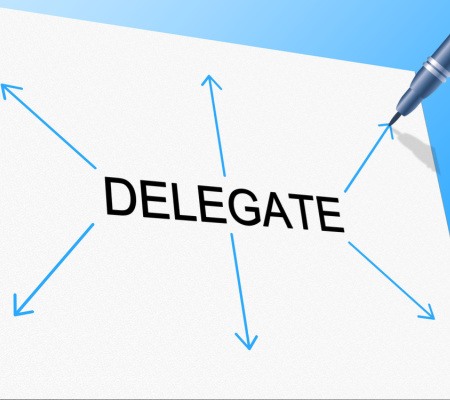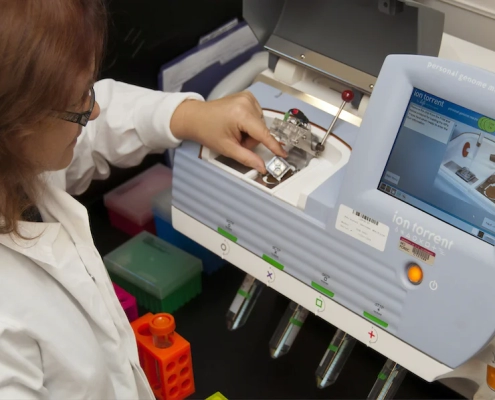Assigning Responsibilities in the Ideal Project Charter
 A project charter defines project scope and describes the responsibilities of the sponsor and project manager. So, you might think the responsibilities section would be as easy as “cut and paste.” Think again! The responsibilities in an ideal charter depend on the experience and expertise of the sponsor and project manager. Here are areas and considerations that can affect the responsibilities in the project charter.
A project charter defines project scope and describes the responsibilities of the sponsor and project manager. So, you might think the responsibilities section would be as easy as “cut and paste.” Think again! The responsibilities in an ideal charter depend on the experience and expertise of the sponsor and project manager. Here are areas and considerations that can affect the responsibilities in the project charter.
- Scope definition and refinement. Sponsors and project managers can bring different technical backgrounds to a project. Based on the nature of the project, the project manager or the sponsor might manage scope definition and refinement. When the sponsor takes on this role, the project manager needs to stay up to date, because understanding scope is vital for managing the project schedule and risk. The sponsor must ensure that they have time to perform scope management properly.
- Stakeholder communication. Senior leader focus on the project could affect stakeholder management responsibilities. The sponsor may have more direct contact and stronger relationships with senior leaders. In that case, the sponsor may spearhead communication with senior leaders, while the project manager focuses on working with the project team and other stakeholders.
- Resource management. The sponsor might handle resource management when there’s a shortage of skilled resources. Also, when the organization has many projects running simultaneously. Prioritization decisions will be crucial and need senior leader buy-in. So, this requires active senior-level management of personnel availability. The project manager still needs to be involved so they can manage the project schedule.
- Risk management. The sponsor might manage high-risk items or risks that senior leaders will have to address. In this arrangement, the project manager typically manages other risk items and monitors the status of high-level risks for the sponsor.
- Alignment with organizational strategy. Aligning a project with business strategy might sit with the sponsor. The PM focuses on tactical delivery of the project and aligns the project with other relevant projects and operational processes.
- Personal strengths and preferences. The best sponsor-project manager relationships work like a partnership. The project manager and sponsor have different strengths and preferences. They can consider these when dividing project management responsibilities. The partners each take responsibility for things they are best at and enjoy. This leads to highly successful project delivery. Keep in mind, the sponsor needs to have enough time to manage their assigned project activities.
Can you think of other factors where project responsibilities might vary? Have you ever worked in partnership with your sponsor? If so, how did it go? Any tips for the rest of us?
For more about the project charter, check out my Project Management Foundations course.
Coming Up
Do you have questions about careers in project management? Will I like being a project manager? What skills do I need? What about education? How do I get experience? Are certifications worth it and what do I need to do to earn them? What are the possible career paths? Chris Croft and I co-authored the course How to Launch a Career in Project Management to answer all these questions – and many more. For this Office Hours event, we want you to watch the course FIRST. Then, if you still have questions, join us in this event , on Wednesday, October 11, 2023, 9:00am MDT.
_______________________________________
This article belongs to the Bonnie’s Project Pointers newsletter series, which has more than 49,000 subscribers. This newsletter is 100% written by a human (no aliens or AIs involved). If you like this article, you can subscribe to receive notifications when a new article posts.
Want to learn more about the topics I talk about in these newsletters? Watch my courses in the LinkedIn Learning Library and tune into my LinkedIn Office Hours live broadcasts.









